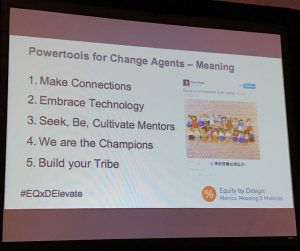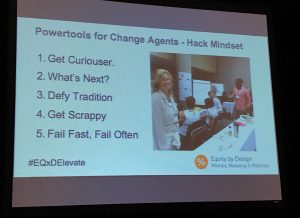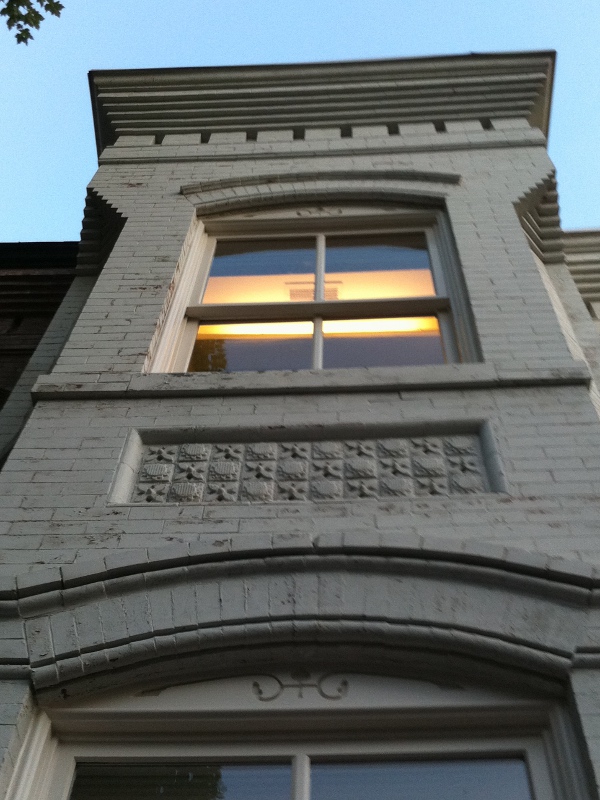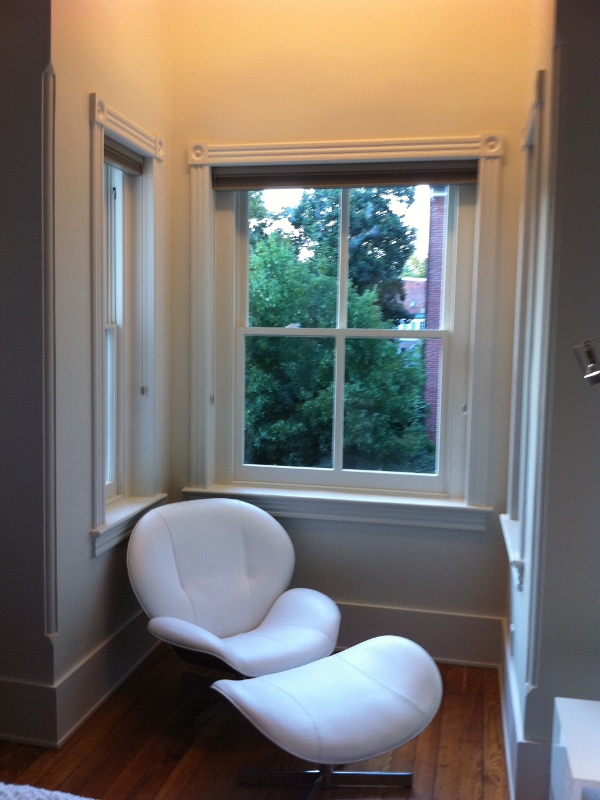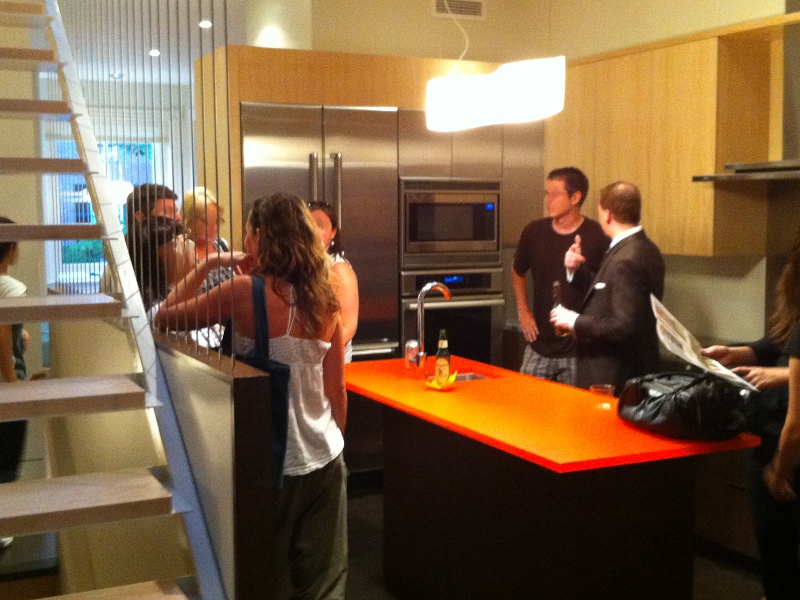To my friends who are suggesting we get rid of the electoral college. I get it, you are pissed. I’m pissed. This sucks for me and it sucks for you, that said, we shouldn’t dismantle the machine just because we didn’t win. The electoral college plays a valuable role in the checks and balances of our federal government.
But before we can talk about that we need to talk about our government for a bit. We like to think of ourselves as one country. But when the constitution was written, people thought of themselves as citizens of their state first, if they even though of themselves as “American” and not “British,” and our country second. Because of this, our system is pretty much created as if we were a federation of independent but united nation states with an overarching representative government that represents states interests and the interest of the people.
Most of us when we hear that phrase “checks and balances” think of two very specific processes – the presidential veto and potential congressional override and judicial review (the courts declaring a law unconstitutional). What most people don’t realize is that almost all processes put in place by the constitution have a system of checks and balances. A lot of these are not between branches but between the people and the states.
What do I mean by that? Well our government while it is “of, by and for the people” it really is a balance of citizens and states interests.
Take congress. The system is meant to check the will of the people against the will of the states. The House of Representatives is directly elected by congressional districts that are all supposed to represent a similar number of people. This means that each member is a representative of the their specific constituents, which, in theory means that they are beholden to the will of the people. Think of them as the representatives of the citizens of the United States.
The senate on the other hand is different. Each state gets two senators. Originally these were chosen by the state governments. This was supposed to represent the issues of the state and not necessarily its people. Now they are also directly elected, but they represent the whole state, so they have a wider focus. Think of them as the Representatives of the member states of the United States.
Keeping those parallels in mind, in our congress we have a built in balance between the people (the house) versus the member states of the United States (the senate).
There are certain powers that only the people (the house) have: money bills must start in the house, the house impeaches, and the house elects the president in a tie. On the other hand, the states (the Senate) have their own powers: treaties are ratified by the senate, appointments like Supreme Court justices are approved by the senate, the senate holds impeachment hearings, and the senate elects the Vice President in a tie. All of this is a way to check the will of the people against the will of the member states.
The electoral college system is not actually name checked in the constitution.
What Article II section 1 states is:
Section 1. The executive Power shall be vested in a President of the United States of America. He shall hold his Office during the Term of four Years, and, together with the Vice President, chosen for the same Term, be elected, as follows Each State shall appoint, in such Manner as the Legislature thereof may direct, a Number of Electors, equal to the whole Number of Senators and Representatives to which the State may be entitled in the Congress: but no Senator or Representative, or Person holding an Office of Trust or Profit under the United States, shall be appointed an Elector.
To parse this down, basically it says the President and Vice President hold 4 year terms. They are elected by a number of electors that are equal to each state’s senators and representatives in Congress, but not by the senators or representatives. This left the matter of choosing electors to each state.
This section of the constitution was amended a number of times, first to specify that electors voted for a president and a Vice President separately and that the winner of the electoral college needs a majority, not just a plurality, and if there isn’t a majority then the congress will select the winners. It was then amended a number of times to clarify specifics of presidential succession, term limits, qualifications and voting ages. But, the selection of electors has not been addressed since.
So, what does this have to do with checks and balances? Well, first, since electors are apportioned by representation it balances the interests of urban versus rural states in the number of electors for the states. The more populated states have a lesser say than if it was a popular vote, which is the system they would prefer, and the less populated states have a greater say than they would in a popular vote and a much reduced voice if it had been a vote with each state’s selection of president carrying the same weight, which is what they would prefer. So it is a compromise of the state’s desires.
The second thing it does is provide an avenue for no clear winner to be elected. By making the system possible for no one to win it allows the representatives of the people to select the president from the top three candidates and the senators (representative of the states) to select the Vice President from the top three vice presidential nominees. This is a check against the state’s by making the voice of the people select the office with any real power and a check against the executive branch by having the legislative branch choose the top office holders.
By allowing states to decide how electors are chosen the system provides an opening for the people to have a greater say. Currently most states have a statewide election where the winner of the popular vote in the state gets all of the electors. But that doesn’t have to be the case. Two states divide up their votes. In both of these states, the winner of the popular vote gets the equivalent of the two senate seats and then each House of Representatives district is apportioned by its own popular vote winner. These are not the only options out there. States could divide all votes between all candidates (proportional voting) or, as some people have suggested, they can assign their votes to the winner of the popular vote.
Each of these systems has problems. The current system has the potential for the popular vote winner to lose the electoral college (which has now occurred 5 times: John Quincy Adam, Rutherford B Hayes, Benjamin Harrison, George W. Bush and now Donal Trump). In the split vote system used by two states there is the issue that excessive gerrymandering of districts will result in state winner who lose the state popular vote. In a proportional system there is a greater chance that no one will win a majority and instead congress will have to decide. And lastly in a national popular vote we lose the compromise between rural and urban America.
So, do I think the electoral college needs to stay as it is? No. I think there are issues and it will need to be resolved with a number of changes. One of these issues is that we stopped using one of the checks and balances in the constitution.
Previously after each census in addition to reapportioning seats in the House of Representatives there were seats added to congress to account for the growth in population and creation of new states. From 1789 to 1843 the ratio of people per representative grew in size with each census, but the growth was small for less than 30k to just under 50k. There was a gradual increase in constituents per representative until the 20th century (from under 50K to 210k in 1923). Since that time the size of congress has been capped. What that means is that as of the last census there are now over 700k constituents to each representative. So, how does this play out? Well in the House of Representatives it means the smallest state, Wyoming, with a current population of just under 568,300 actually has a slight edge in the house – it’s one vote represents less people than California’s 37,347,989 constituents with 53 representatives. This doesn’t mean a whole lot in the house, but in the electoral college that means that California’s influence is even less than intended. To put this in real world terms, this is as if a dollar spent buying juice in the house cafe was actually worth $1.23 if the person spending it was from Wyoming but only $0.99 in if they were from California. In the electoral Congress this disparity get worse – $3.70 for Wyoming versus $1.15 for California.
The easiest solution is to add members to the House of Representatives to bring our ratio of people to Representatives back to where it was when the number of seats in the house were capped, 210k. This means we would add approximately 1,036 additional seats to the House of Representatives. Now that’s a lot of people, but we are a much more populated country, so there is some logic there. The problem would be logistics. Our government is just not set up for that many representatives. That’s a lot more offices, a lot more salaries and a lot more physical space for a house chamber.
Alternatively, we could double the number of seats for each state in the house (add 435 additional seats) but instead of having districts these would be statewide at large seats. This could allow us to keep gerrymandered districts (which while skewing the vote, can help to make sure minorities are represented) and mitigate some of their effect by having representatives who are elected by statewide ballot. These seats could be apportioned proportional to party results or they could be an open field where voters select up to the number of seats (choose 5 of the following, for example). To use the example above, a dollar spent buying juice in the house would remain unchanged – each state would have the same buying power, just more seats, like a stock split; it is just that these seats would represent a more diverse set of interests. In the electoral Congress you would see a major shift – down to $2.46 from $3.70 for Wyoming versus $1.01 from $1.15 for California. California’s buying power decreases a little, but Wyoming is now only 2X, not 3X, more influential than California per capita. This would eventually need to be revisited and scaled up again in the future to maintain these levels of equity.
Is this the perfect solution, no, but it’s a good compromise. By increasing the number of seats in congress we make congress a better representation of the people while at the same time making the Electoral College closer to a compromise between Urban and Rural interests. In the process we re-assert an import part of our representative federal system and preserve an equally important check and balance.




